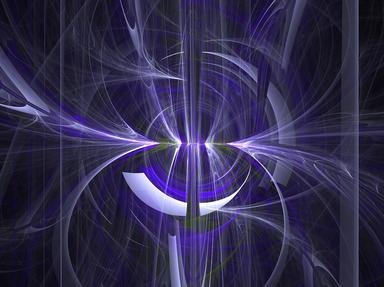Quiz Answer Key and Fun Facts
1. Sometimes mirrors are just for fun. What is the name for a tube containing several mirrors and (usually) some loose brightly-colored objects which form changing patterns when held to the eye while the tube is rotated?
2. Which of the following is a device used for communication over large distances (30 miles, or 50 km, is not uncommon) by means of reflected light whose transmission is interrupted to produce coded signals?
3. Sometimes a mirror is needed that will only reflect light (or another part of the electromagnetic spectrum) of a particular frequency range, and will allow other frequencies to pass through. What coating can be placed on a mirror to produce this effect?
4. Which of the following terms is NOT used to describe a device that allows people on one side of a glass panel to see through to the other side, but which appears to be a mirror to the people on the other side?
5. It has been suggested that Dr. Who's TARDIS may actually be a modern (fictional) version of an ancient Roman device which used mirrors to create an illusion that a box's contents occupied a much larger space than the interior of the box itself. What was this Roman device called?
6. In car headlights, a mirror is used to produce a beam of light from the omni-directional light emitted by the globe. What shape of mirror is most commonly used for this?
7. As the sun moves through the sky, the angle at which sunlight hits a surface changes. What is the name of the device that is used to make reflected light reach the same point after reflection from a mirror, no matter where the sun is in the sky?
8. The world's largest solar furnace can be found at Odeillo in the French Pyrenees. An array of plane mirrors reflects light onto a large concave mirror that focuses the light into an area the size of a stew pot, where the temperature can get pretty hot. For what purpose does the solar furnace need to operate at around 3500 C (6330 F)?
9. The Italian town of Viganella installed a mirror that measured 8 m by 5 m (26 ft by 16 ft) costing 100,000 euros in 2006. What was the purpose of this mirror?
10. What term is NOT used to refer to the mirror-covered spheres that are often used to produce moving spots of light at dances?
Source: Author
looney_tunes
This quiz was reviewed by FunTrivia editor
crisw before going online.
Any errors found in FunTrivia content are routinely corrected through our feedback system.

